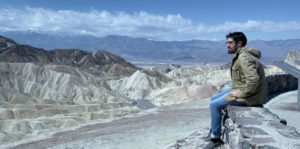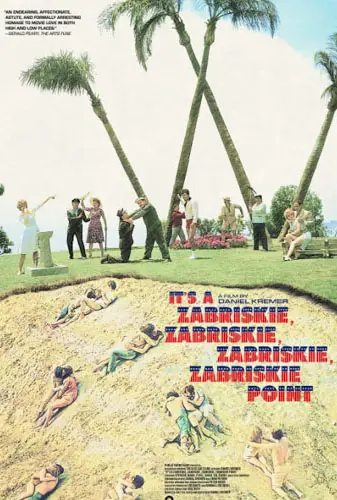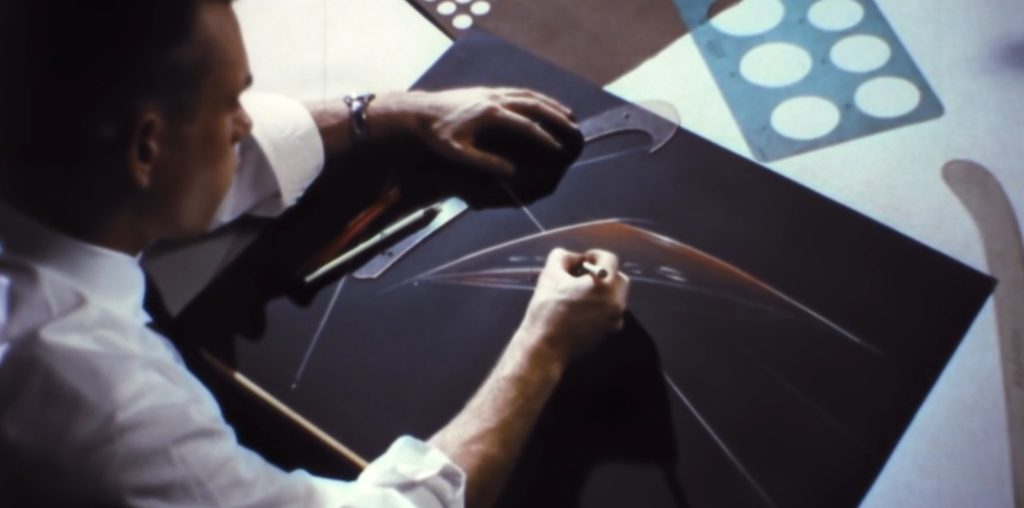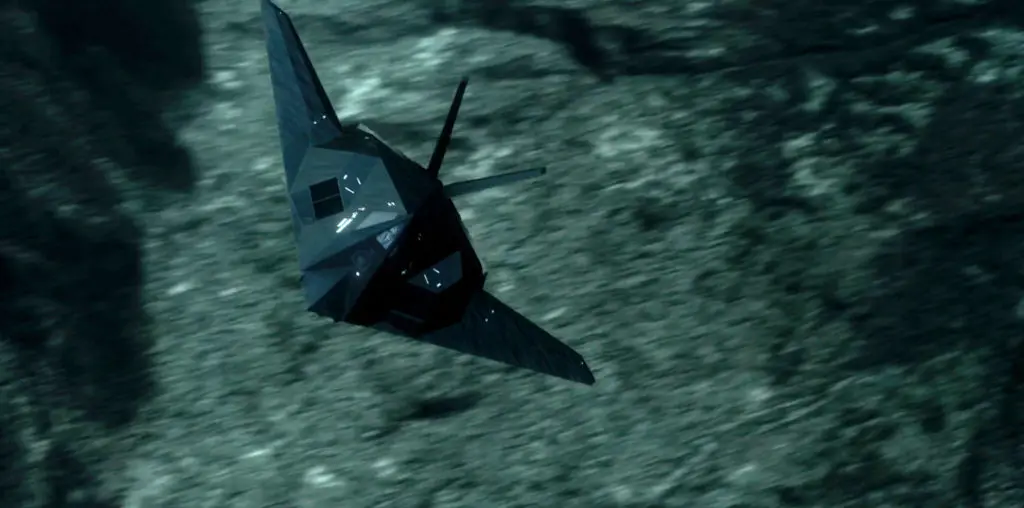
The director seems a winning and sensitive soul, yet the degree to which this collage of cinema wanders in pursuit of material gets a little wearing. The end credits list dozens of cinematic sources for the clips sourced for It’s a Zabriskie, Zabriskie, Zabriskie, Zabriskie Point. This raises the question of how much Kremer and us viewers are magpies at an old corpus rather than fulfilling and responding to fresh creativity. The film feels strongest as a simple collage of the artist’s cinematic loves, with little need to force much explanation upon them (except perhaps to pencil within the lines of copyright concerning fair use).
At first, when Kremer dwells on the iconography of desert and sky, he works with elements as basic and profound as primary colors. He seems inspired by the desert, much like wild, holy men. This planet was fundamentally just desert and sky at first, and the filmmaker captures the immutable power of these elements for a while. But this doesn’t last. The film runs nearly two hours and starts to go everywhere. It started to remind me (badly) of the elliptical work of Adam Curtis, whose scattershot documentaries have been ravaged by time for having their nose pressed too closely to the glass of current affairs.

“…a very convincing argument for classical appreciation of recent pop culture.”
It’s a Zabriskie, Zabriskie, Zabriskie, Zabriskie Point certainly doesn’t have that problem. We are given a very convincing argument for classical appreciation of recent pop culture. It’s thoughtful and thought-provoking, but the narrow focus will preclude much of an audience from finding its way to his illuminations. Also, there’s a danger with free-wheeling material like this, where you establish your artistic bona fides so well at the outset. If you lose your audience through lack of focus, they will cower under the assumption they are ignorant.
That could be. I like Star Wars. Maybe that’s why I expect a certain simplicity. This seemed now and then to brush against the sly ambiguities of politics and so felt against the grain of the artistic succor it is otherwise wholly successful at. But I lost sight of what I was watching. Was this a film about deserts or Hollywood? In analysis, this doesn’t feel particularly driven by either and is, in essence, a personal story about one man and one film. But it is a film I have studiously avoided. I was put off it years ago by the brilliantly scathing account of Antonioni making it, found within the pages of John Fahey’s How Bluegrass Music Destroyed My Life. I have to credit Kremer; however, I will search Zabriskie Point out now, and hopefully, I will enjoy it more than Red Desert or Blow Up.
For fans of Antonioni, It’s a Zabriskie, Zabriskie, Zabriskie, Zabriskie Point is very easy to recommend. Kremer does spend a good amount of time talking about Zabriskie Point, its impact on him, and its place within pop culture. But that’s where it all ended for me. For the rest of the film, I felt I was along for an involuntary ride through a number of distant and unrelated points. It’s a pleasant journey in good company, but it didn’t move me enough to feel like it was worth the trek. Your mileage may vary.

"…a pleasant journey in good company..."



I need to see this. A person who connects these two movies must have a good heart. I’m a filmmaker and was considered a ‘special kid’ as well — and still am. These two are among my favorite films. I didn’t see Zabriskie Point until much later in life, but It’s a Mad, Mad, Mad, Mad World has always been dear to me. As a kid, it allowed me to live in a colorful world that closely resembled what was inside of me. Please share how I can watch this documentary!